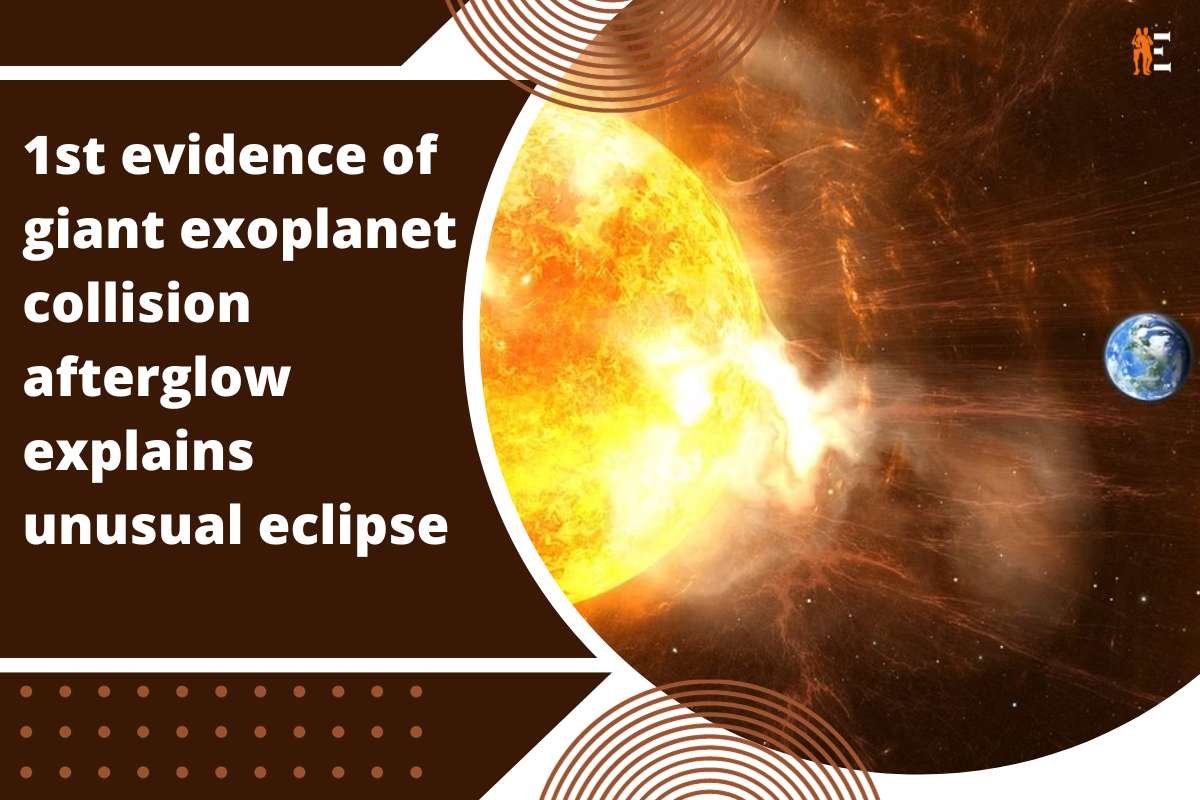Soon after the massive SpaceX Starship took off from Texas in its first-ever full test, early on Thursday, it was seen that it started to tumble until it finally broke apart in a fiery explosion over the Gulf of Mexico.
In its overall demonstration, testing the new rocket’s ability to ignite and clear the pad’s 500-foot tower was a successful mission. However, during the liftoff, many of the rocket’s 33 Raptor engines failed to fire up as initially planned.
At roughly three minutes into the flight, there came a tumble, which was more than a minute long. This tumble was caused just after the rocket’s Starship upper stage and the Super Heavy booster had failed to separate.
Experts and spectators present were left wondering if this explosion was a result of the aerodynamic forces shearing the vehicle apart, or if the rocket was purposefully blown up by the FTS or the flight termination system. In a statement later, SpaceX did confirm that the blow-off was triggered by the FTS.
What is the FTS?
FTS or flight termination systems, on the most basic level, are a set of explosives that are built into some of the key areas of rockets and are designed to be automatically triggered if any kind of hardware failure is detected.
The FTS is essentially a safety and licensing requirement are prove to be especially important if the rocket seems to veer off the course.
SpaceX Starship explodes on first launch attempt
All about Thursday’s Launch
Reports have said that Thursday’s launch from the Starbase, which is a SpaceX Starship -operated facility located near Brownsville, Texas was unique in nature. The test flight was not just the test of a brand new vehicle, which meant there were slightly different parameters of termination, it also was set to fly from area which was entirely new to launching orbital missions.
In a further note, the reports have stated that a few of the previous SpaceX Starship test flights had ended explosively, but none of them had reached high altitudes as this one.
For example, a launch of the same magnitude from a different site, say Florida would have had stricter parameters. And even if it had had an explosive conclusion, the rocket would have not tumbled for as long.
“Every range has what’s called impact limit lines,” Mike Leinbach, NASA’s former space shuttle launch director, said in a statement. “That’s the theoretical limit that the vehicle can fly within. They’re boundaries projected on a map that if the vehicle goes out of those boundaries, the flight termination system kicks in.”











